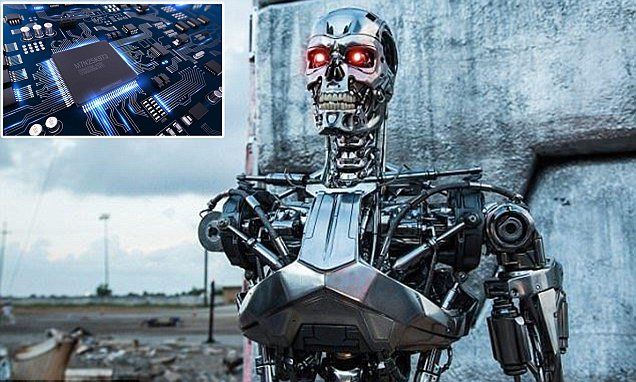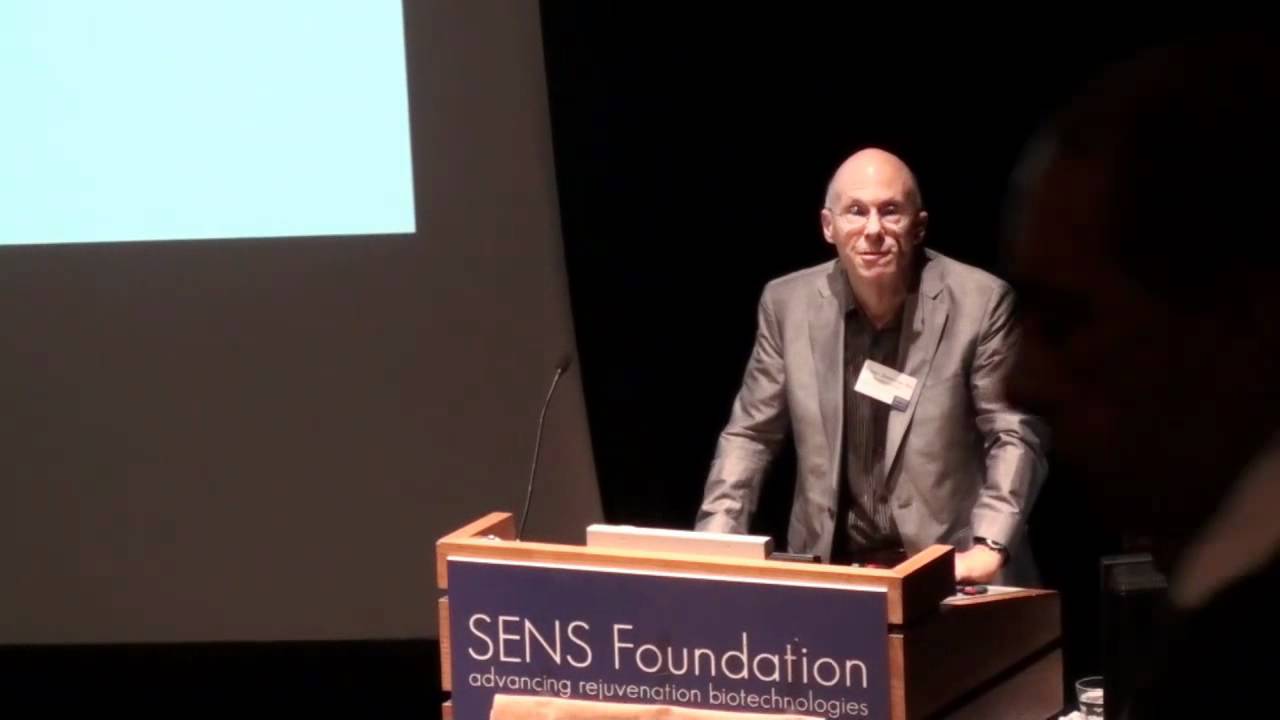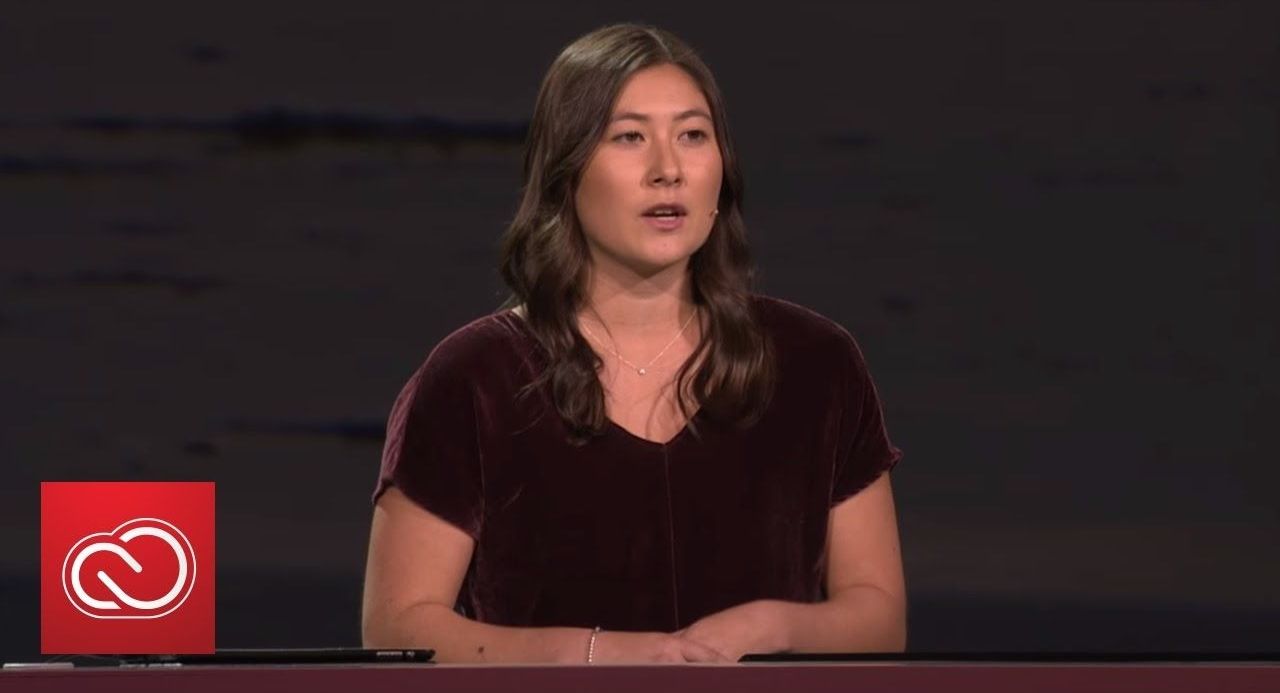The Defense Advanced Research Projects Agency’s (DARPA) Electronics Resurgence Initiative’s will create six new programs over the next four years.
These are aimed at ensuring the predictions made by Moore’s law, which have governed the increases in microchip processing power, will continue to apply to chip development.
Three areas will be focused on, materials and integration, circuit design, and systems architecture.









